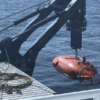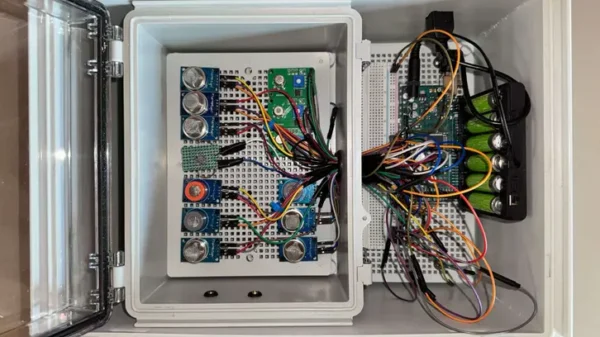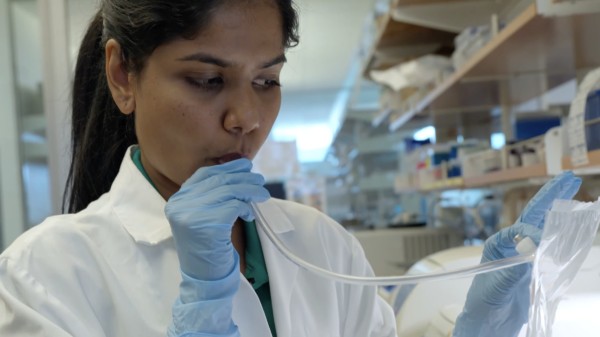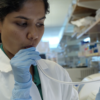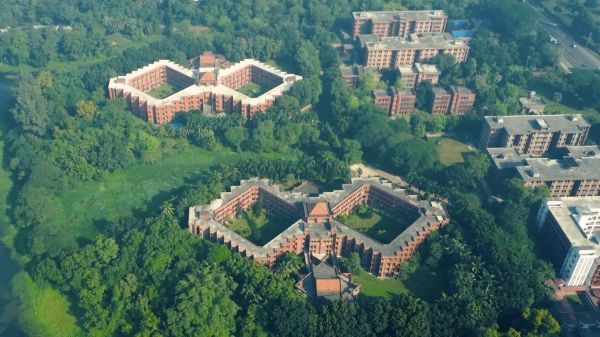The Canadian Cancer Society is stepping up its offensive against the nation’s top cancer killer.
On Nov. 2, in tandem with the beginning of Lung Cancer Awareness Month, the organization announced the start of its 2026–2035 Pan-Canadian Lung Cancer Action Plan at a conference in Calgary, Alberta.
The ultimate goal is to reduce the number of domestic lung cancer deaths by 30 per cent during that time period.
“Canada is experiencing a lung cancer crisis,” said Annemarie Edwards in an interview with CTV, “and despite advances in treatment and detection, we’re still seeing lung cancer as the highest cause of cancer death.”
Edwards currently serves as the Canadian Cancer Society’s Vice President of Cancer Strategy and Innovation. She is also co-chair of the steering committee guiding the newly launched campaign.
The initiative will prioritize screening by expanding eligibility for low-dose CT scan assessments. It will also focus on radon gas and pollution awareness, tobacco control and accelerating national research on the disease.
Radon gas is the second leading cause of lung cancer in Canada and often goes overlooked. Many people only think about smoking whenever lung cancer is brought up. Eliminating this stigma is a goal of the campaign.
The naturally occurring radioactive gas is estimated to kill approximately 3,000 Canadians per annum, according to the Canadian Cancer Society.
In 2024, lung cancer took the lives of about 21,000 citizens. Late-stage diagnosis is the primary problem causing the high death rate.
Angus Pratt — a lung cancer patient, poet and artist from British Columbia — was a significant inspiration for the new endeavour. The Canadian Cancer Society says he was instrumental in the development of the action plan. Pratt is also part of the steering committee.
“My dream is for nobody in Canada to die from lung cancer,” Pratt said.
“It will be a world where the risk is reduced, where radon is recognized as one of the causes, where we understand the role air pollution plays in lung cancer, where it’s detected earlier, where curative treatments and funding are available, where nobody is dying from this disease.”
Additionally, the initiative aims to prioritize recognizing gross health inequities in Canada that currently hinder access to lung cancer prevention measures, treatments and care among certain groups.
“Underserved communities in Canada may include First Nations, Inuit and Metis Peoples, newcomers to Canada, Black and other racialized people and individuals with lower socioeconomic status,” the Canadian Cancer Society explained.
Read more: Breath Diagnostics leaders promote their mission at Miami investment conference
Follow Rowan Dunne on LinkedIn
rowan@mugglehead.com




